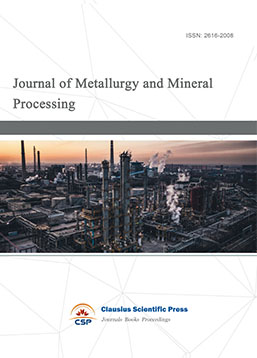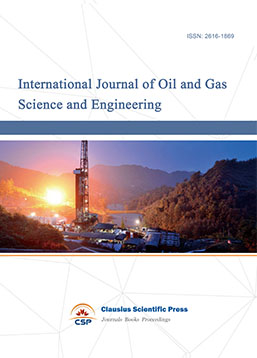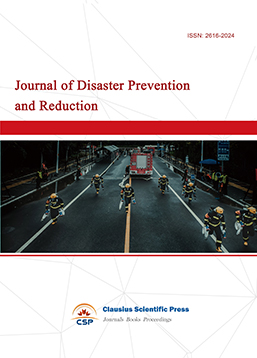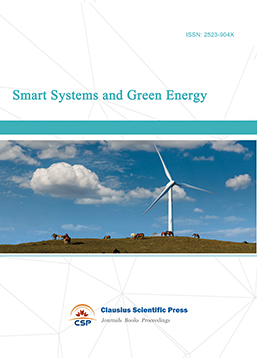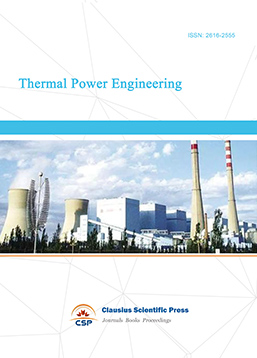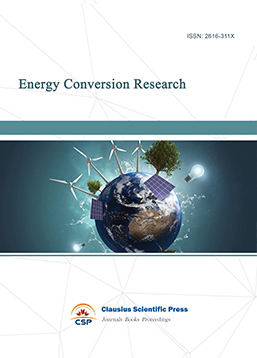Design of transmitter for mine NMR water finder
DOI: 10.23977/fpes.2024.030104 | Downloads: 11 | Views: 877
Author(s)
Henggong Yue 1, Zhenzhou Li 1, Zekun Shi 1, Duo Xu 1, Tianyi Zhang 1, Yimin Liu 1, Junwei Liu 1
Affiliation(s)
1 Mengda Power Generation Electricity Co.,Ltd, Ordos, China
Corresponding Author
Henggong YueABSTRACT
As far as the current technology is concerned, the only geophysical method that can directly find water is NMR. The technology has been developed for decades, and the technical level is relatively developed, and as a new technology, it is also a new field in water search. In this paper, the application of NMR water finder transmitter in underground is studied. This paper first describes the development at home and abroad, and then introduces the principle of Larmor frequency and its role in nuclear magnetic resonance water finder transmitter, and then puts forward the overall design scheme. According to the electrical requirements of underground safety operation, the bad underground environment is considered, the hardware of the system is designed, and the function and selection of each device are analyzed. In this paper, the following key technologies are used: the generation of Larmor frequency adopts bipolar PWM signal inverter, serial-connected diode module and capacitor to realize the rapid energy absorption and release after the coil sends the signal, and the voltage is controlled at 160V within the safe voltage range under the mine, which improves the safety level of underground work.
KEYWORDS
NMR water finding, low voltage, fast consumption, inverterCITE THIS PAPER
Henggong Yue, Zhenzhou Li, Zekun Shi, Duo Xu, Tianyi Zhang, Yimin Liu, Junwei Liu, Design of transmitter for mine NMR water finder. Frontiers in Power and Energy Systems (2024) Vol. 3: 29-36. DOI: http://dx.doi.org/10.23977/fpes.2024.030104.
REFERENCES
[1] Shi Wenlong. Development of prototype principle of full wave receiving system for nuclear magnetic resonance groundwater detection. Jilin University, 2014.
[2] Wang Longqin. Research on mine flood emergency rescue management system based on GIS. Guizhou University, 2015.
[3] Zhang Xiaohua. Development of prototype of nuclear magnetic resonance water finder. Jilin University, 2006.
[4] Li Tianchao. Research and design of experimental prototype of nuclear magnetic resonance water finder. China University of Geosciences (Beijing), 2008.
[5] Jiang Yanqiu. Development of transmitter for ground nuclear magnetic resonance water finder. Jilin University, 2006.
[6] Ding Zhuyu. Research on automatic temperature control system of pepper drying room based on fuzzy PID. Southwest University, 2014.
[7] Ayachit, U. The Para View Guide: A Parallel Visualization Application. Kitware, Inc., 2015.
[8] Legchenko A, Beauce A, Guillen A, Valla P and Bernard J. Natural variations in the magnetic resonance signal used in NMR groundwater prospecting from the surface. European Journal of Environmental and Engineering Geophysics, 1997, 2:173-190.
[9] Jin, J. M. The finite element method in electromagnetics. 3rd ed.: Wiley-IEEE Press, 2014.
[10] Shen Yimin, Hironori KAJI, Fumitaka Horii. An Exact Solution of a Mas Fid in Two-Site Exchange Problem. Chinese Journal of Magnetic Resonance, 1999, 16 (6): 485-493.
| Downloads: | 494 |
|---|---|
| Visits: | 34917 |
Sponsors, Associates, and Links

 Download as PDF
Download as PDF